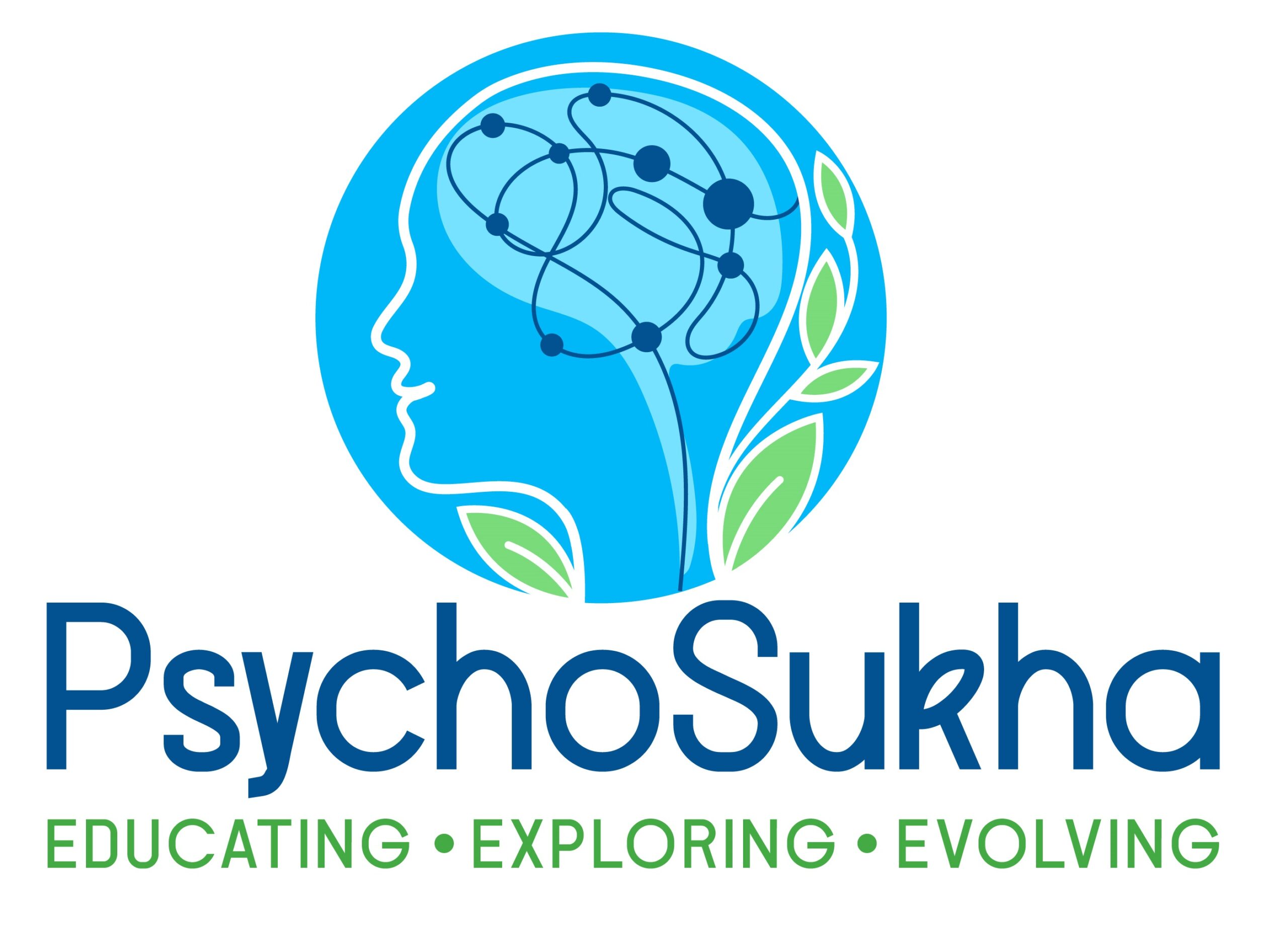
The Power of Team Building: Creating Strong, Collaborative Teams
Team building is not just a buzzword anymore but a very worth process in order to bring together people for better collaboration and achieving a common goal. Be it at the workplace, sports setting, or any kind of community project, the ability to build a cohesive team is instrumental in ensuring success. Even an exceptionally well-structured team can outshine, and typically will outshine, individualists working in isolation, and tackle difficult problems more quickly, foster positive supportive climates, and much else besides.
Team building is the process of forming and maintaining a group of individuals performing together to achieve collective objectives. It deals with activities and practices aimed at improving communication, trust, and team cooperation between members in a group. Effective team building is not only about business outcomes but also about better morale, increased productivity, and good interpersonal relationships.
Key Elements of Successful Team Building
1. Clear Goals and Roles
For the team to work, every member must know what the goal of the team is and specifically their role in meeting that goal. Well-defined clear objectives help ensure people do not set off in different directions but function as one for the same purpose. When roles are defined, people can focus on their strengths and bring forth their best efforts to the work.
2. Trust and Open Communication
A successful team requires a foundation of trust. Ideas may not be expressed without that foundation of trust. Collaboration or constructive criticism cannot happen in such an atmosphere. Open communication that makes people feel heard and valued is what sets the basis for that trust. Open dialogue, regular feedback, and listening can build trust which in turn helps to resolve conflicts before they get any worse.
3. Diverse Strengths and Skills
A great team will include a mix of skills and varied thinking. It fosters innovative problem-solving through unique perspectives and viewpoints. Knowing strengths gives the leaders the power to delegate effectively to the right people in the right role that best fulfills its productive capacity and enriches team dynamics.
4. Team Collaboration and Support
Team building simply means working together. Collaboration is the use of resources, ideas, and know-how in producing the best possible outcomes. It is an environment about work where all members of the team know how to support fellow members to share knowledge and contribute toward one another’s success. Supporting a team member at a time will create high motivation and engagement among team members.
5. Team Bonding Activities
Occasionally, wonderful bonding activities can be held through fun and informal bonding events. These opportunities to bond allow people to connect, strengthen the relationship between individuals, and develop trust outside just of work. Team bonding over outings, problem-solving activities, or other social events have been known to destroy barriers and enhance teamwork.
Advantages of Team Building
There are many benefits to excellent team building, such as:
Clear, open communication breeds knowledge and can help avoid misinterpretation.
Improved Productivity: Better performing teams are able to tackle more without compromising quality; meeting deadlines is often achieved sooner.
Greater Job Satisfaction: When employees really feel a connection and belong to something greater than themselves, morale increases.
Better Interpersonal Relationships: As trust and camaraderie grow, the better the relationship will become personally and professionally.
Team building is an activity that requires attention and effort and a commitment and is not a one-time thing. Good communication fosters trust and collaboration that brings leaders together to build teams that work effective and are more engaged and motivated to contribute towards a good achievement. A successful team grows with good, lasting relationships and turns difficult challenges into achievements with resilience. When done the right way, team building unlocks the full potential of any given team, which will lead to remarkable results.
—
References:
Academic Journals and Articles
Journal of Applied Behavioral Science – Research on team dynamics and group behavior.
Journal of Organizational Behavior – Studies on team performance and collaboration.
Group & Organization Management – Articles on teamwork, leadership, and organizational behavior.
The Leadership Quarterly – Research on leadership and team effectiveness.
Books and Authors
The Five Dysfunctions of a Team by Patrick Lencioni – A classic on overcoming challenges in team building.
Team of Teams by General Stanley McChrystal – Insights into leadership and teamwork in complex environments.
The New Science of Building Great Teams by Michael A. West – Research-based strategies for successful teams.
Get a Consultation Right Now!
